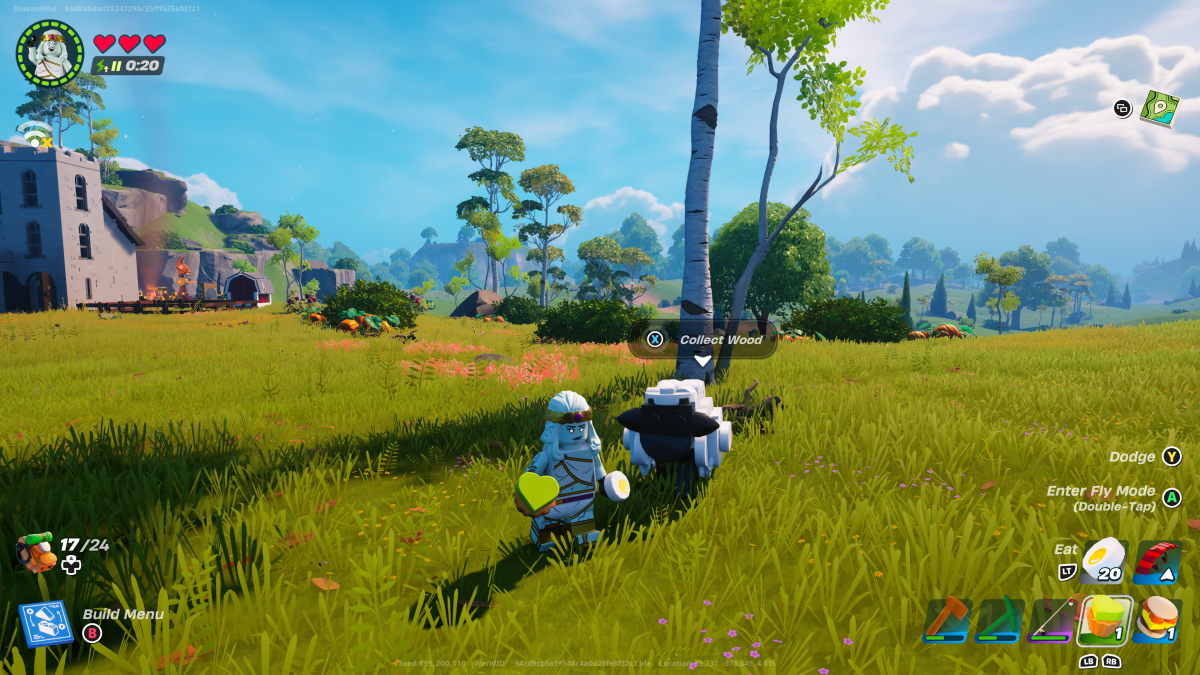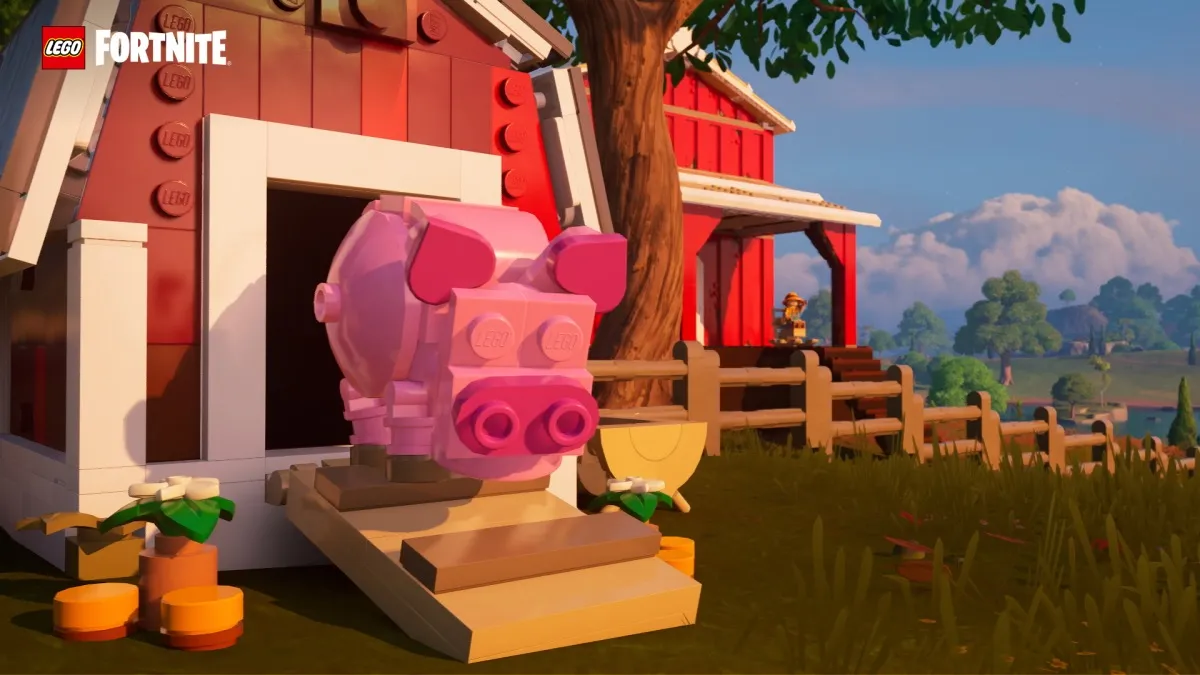Yakuza 6: The Song of Life on PlayStation 4 (Pro)
Family can be a strange thing. For some it’s blood that ties families together, for others it’s a kind of kinship and emotional connection. This is the central idea that plays out in Yakuza 6, and over the years Kazuma Kiryu has redefined his idea of family. Like past titles, Yakuza 6 has a big emphasis on storytelling, and while it’s the most different Yakuza game we’ve gotten in a while, it manages to be a robust sendoff to The Dragon of Dojima.
Yakuza 6 makes some big changes to the series as a whole, implementing a brand new engine known as the Dragon Engine. A big push with the engine comes with a focus on seamlessness. There’s no longer loading screens when you enter a building in Kamurocho, or a cutaway and loading when you enter a battle. It’s incredibly impressive, and it makes the experience as a whole all the more immersive. In addition, graphically, Yakuza 6 is a huge step up from previous games. Facial animations look fantastic, the blazing lights of Kamurocho gleam off of water on the street, and the calming countryside of Onomichi is a sight to behold. It does come at a cost, however.
The cities featured in the game, Kamurocho and Onomichi, are a bit smaller than past locations. Sections of Kamurocho, like the Champion District, are cordoned off to make for a smaller, more condensed play area. At the same time areas like the sewers and underground have been mostly removed, while areas inside of building have been expanded upon. Onomichi is also smaller than Kamurocho, although it’s more focused on being a small town. It’s a tradeoff, as Yakuza 6 opts for graphical power and fidelity over a larger map. The seamlessness of everything was more than worth the removal of some sections, and I didn’t mind a more compact Kamurocho. Playing on PS4 Pro, load times were quite manageable, and while I did run into a few odd graphical glitches like characters popping in, things ran smoothly.
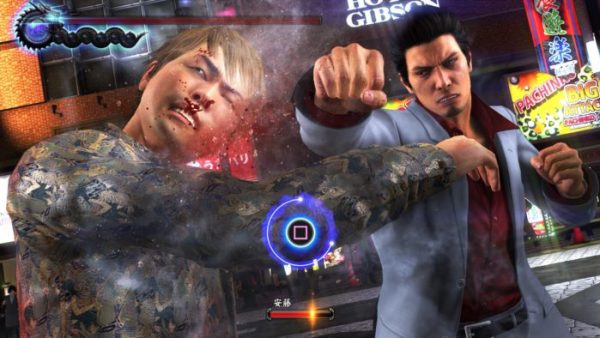
The city is still filled with things to see and do, although this again is an area that’s undergone quite a bit of change. Minigames and substories still feature prominently in the game, but it’s a bit different. Many of the traditional minigames have been removed, and by and large Yakuza 6 doesn’t feature as many minigames as past titles. Things like bowling, billiards, slots, and Shogi have been removed while staples like karaoke, darts and, arcade games remain in. There’s also a host of new mingames added in, which are a lot more involved than your typical ones in previous titles.
You can go spearfishing at the docks of Onomichi, gather a team to play baseball, make friends at a bar and engage in conversation, find cats for a cat cafe, and use Clan Creator to take down a massive gang in an RTS-style game. Most of these new minigames have substories attached to them, and end up being deeper than just playing a quick mindless game here and there.
For example, Clan Creator sees Kiryu team up with new characters to take down a massive street gang known as JUSTIS. You need to recruit different leaders for your clan and assign them roles in the hierarchy. Each Clan Creator match plays out as a simple RTS game. You can summon different types of soldiers in with points in your Command Gauge, and also summon leaders that have unique abilities. While you can’t directly control any units, as they act on their own, you do have control over your leader’s abilities and which units to deploy. It’s a surprisingly fun and engaging minigame, that also features an online component for you to battle teams made by other players.
Moving on to substories, Yakuza 6 has the fewest to-date clocking in at 52. While this may initially seem like a disappointment, it wasn’t. Every substory in the game is completely voiced, and they’re often lengthy stories with multiple lines. They can be funny or heartfelt, with some bringing back characters from Kiryu’s past, all the way back to Yakuza 0. The substories in Yakuza games have always been great, but Yakuza 6 stands out even next to those, having some of my personal favorites of the entire series. The writing in substories is consistently great, emotionally impactful, and many get to Kiryu’s core and tell stories of him finding his place or realizing what’s really important to him. There’s a number of smaller missions to complete too that don’t have much story attached, as Kiryu will regularly get updates on his phone through an app called Troublr, leading him to a quick fight or a problem to take care of.
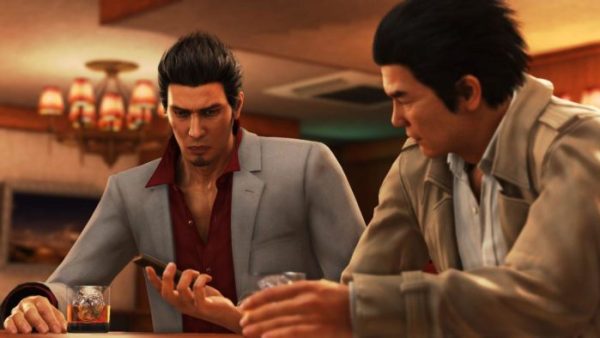
These aren’t the only aspects of Yakuza 6 that have been changed, of course, as the battle system has gotten a complete rework. Unlike Yakuza 0, you only have one battle style for Kiryu in Yakuza 6, and you only play as Kiryu the entire time. The general feel of combat is different, with actions feeling more fluid and deliberate. Kiryu has a core set of combos and abilities to use, and combat revolves around those. It’s similar at its core, but also a bit different, and there aren’t quite as many options in combat. There isn’t a big focus on using weapons, and the amount of heat actions has been reduced. You can, however, tap R2 when your heat orbs are full to go into Extreme Heat Mode, bumping up Kiryu’s attacks and unlocking new actions. Yakuza 6’s combat feels more limited than 0’s, but it’s more deliberate pacing makes each encounter flow better. Street violence isn’t glamorous and the game shows that through its combat, matching Kiryu’s character better as his fighting style is slower and more powerful.
You also have more freedom over how you want to develop Kiryu. There are five types of experience that you earn in Yakuza 6 that correlate to different activities. For example, you earn more Muscle and Agility experience in battles, while more Technique and Charm is awarded through mingames. These experience points can be spent on unlocking new combat abilities, heat actions, or general skills like extending the amount of time he can sprint. Additionally, you can sink the experience into Kiryu’s general stats bumping up HP, attack, evasion, defense, or Heat. This system allows for a lot of freedom in how you want to develop Kiryu’s style, and Yakuza 6 is good about consistently giving you the different types of experience. You get rewarded with experience for nearly everything in Yakuza 6, whether it’s eating food or playing through the story.
The main story of Yakuza 6 picks up directly after Yakuza 5, with Kiryu serving time in prison as Haruka and the other orphans of Morning Glory Orphanage await his release. As many early trailers have shown, the real catalyst of the game’s story is when Haruka is involved in a hit-and-run in Kamurocho, and Kiryu discovers during his three years in prison she’s had a child. Kiryu sets out to discover the identity of the child’s father while hoping and waiting for Haruka to wake up.
In traditional Yakuza fashion, Yakuza 6’s story is mostly self-contained and separate from other games. This is a sendoff to Kiryu, and supposedly the end of his story, but don’t expect every major character from past games to play a role. Some longtime characters like Date and Akiyama do feature prominently in the story, while others like Majima and Saejima get very minimal screentime. There is a reason for that, however. Yakuza 6 is the final chapter in Kiryu’s arc, and the game is entirely a journey of self-discovery and reflection for him. There are callbacks to previous games and connections, but you can go into Yakuza 6 blind and still understand the story. There may not be as big of an emotional connection, but playing through the past six games isn’t “required”.
Despite past personalities not returning, Yakuza 6 doesn’t suffer for it, because of an incredible new cast of characters introduced. The story eventually takes us to Onomichi, Jingaicho, a quaint little fishing village in Hiroshima. There we’re introduced to the Yomei Alliance, the third largest Yakuza organization in Japan, and more specifically the Hirose Family. This family is inexplicably tied to the plot, and the characters Kiryu meets are likable and fleshed out well. Whether it’s the brash and rude Nagumo, or the quirky Patriarch Hirose (played by the famous actor Beat Takeshi), each of these new characters have an interesting arc to see through.
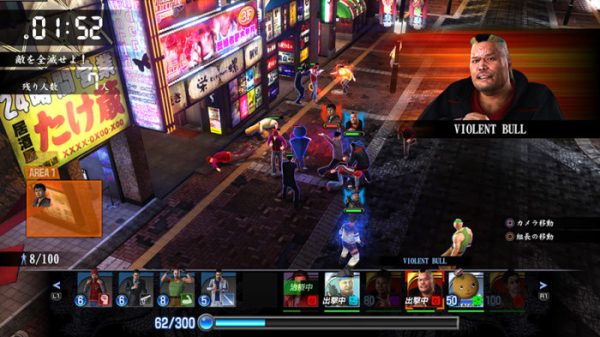
Yakuza 6’s story is filled with twists and turns, and while it is a more personal story focused on Kiryu there are some pretty big ramifications for other characters and organizations. The presentation in Yakuza 6 adds a lot of life to Yakuza 6’s story, and the performances across the board are quite good. Having time to think over the events of the game, Yakuza 6 ended up being one of the most engaging stories in the entire series for me, and the new characters do a fantastic job of keeping things interesting. It might not reach the storytelling heights of Yakuza 0 or 2, but it’s still one of the stronger entries as a whole in terms of story. Yakuza has always felt like some kind of over-the-top Japanese drama, and the Dragon Engine helps Yakuza 6 fit that mold even more with some impressive visuals and animations.
In many ways Yakuza 6 feels like a testing ground for the studio, implementing a new engine and getting a feel for how combat, mingames, and other game systems will play out. Even with that fact in mind, however, Yakuza 6 is a worthy entry in the series, and I’m excited to see what this studio can do when they get more experience with the engine. A riveting story with fascinating characters helps keep things moving along, and while there is less to do this time, the depth of certain mingames and substories makes up for it in the long run.
Yakuza 6 doesn’t bring up every plotline or major character that Kiryu has interacted with, but it is a finale for the hero. This is a more a story of him finding his place and purpose, coming to grips with his mistakes, and figuring out what he’s willing to sacrifice. It’s definitely a more condensed experience than the content-stuffed Yakuza 5 or 0, but the trade-offs are worth it. Whether you’ve been following this series for years or only have minimal experience with it, Yakuza 6 is an entry worth playing.
Score: 4.5/5 – Great
Pros
| Cons
|
For more information on how we review games, check out Twinfinite’s review policy here.



